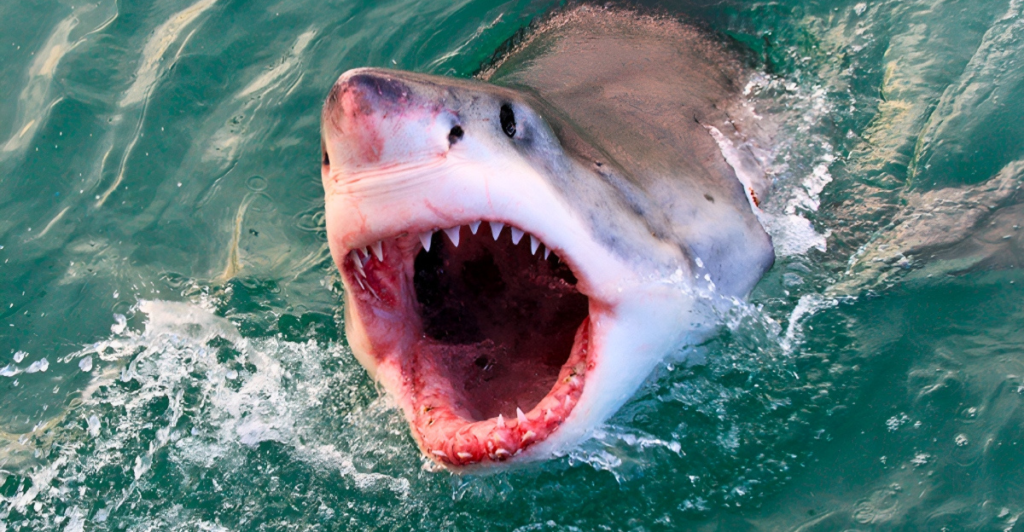
Let’s get one thing straight: sharks aren’t villains. Most species are chill ocean dwellers who’d rather ghost you than snack on you. But a handful of finned bad boys have earned a reputation for being… let’s say, a little bitey. Whether it’s their hunting instincts, territorial tendencies, or just curiosity gone wrong, these aggressive sharks don’t shy away from close encounters. Some patrol coastlines, others haunt the open ocean, but all of them have one thing in common: they’re not afraid to show teeth. Ready to meet the most aggressive sharks swimming around Earth’s waters—and where they like to stir things up? Grab your metaphorical snorkel. We’re diving deep into the danger zone.
1. Great White Shark
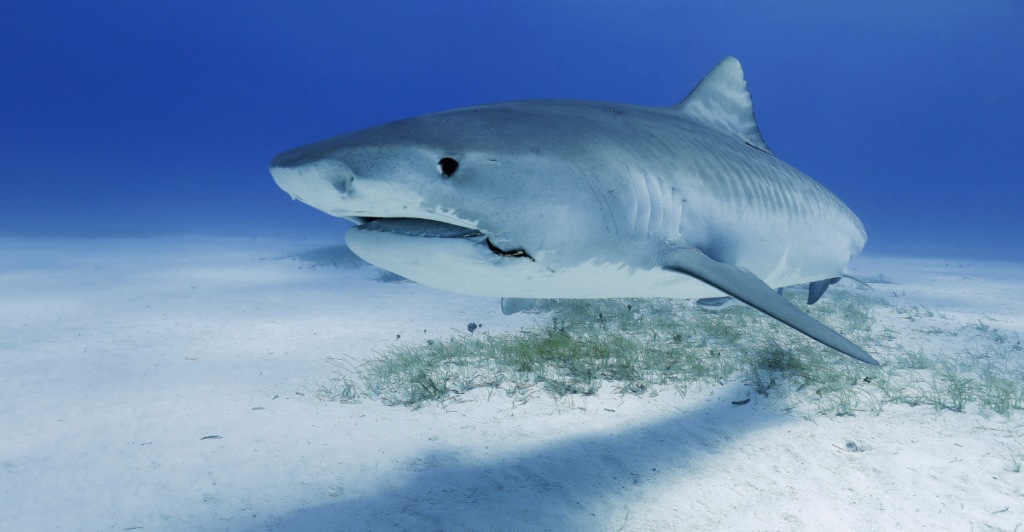
It’s the shark that launched a thousand movie screams—and for good reason. The great white (Carcharodon carcharias) is the biggest meat-eating fish on Earth, topping out at 20 feet long with up to 300 serrated teeth.
It’s also responsible for the most recorded unprovoked shark attacks on humans. But here’s the twist: great whites usually bite out of curiosity, not hunger. Most attacks are one-and-done. These sharks prefer seal steaks, not surfer legs.
You’ll find them cruising temperate coastal waters worldwide—especially near Australia, California, South Africa, and the Mediterranean. Respect the beast, but don’t fear it. Unless you’re a seal. Then, yeah. Be very afraid.
2. Bull Shark
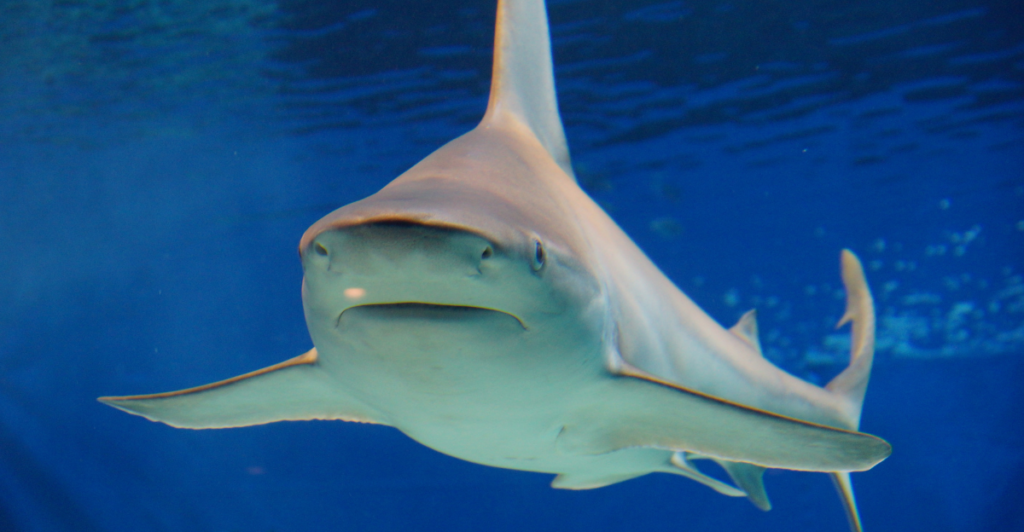
If sharks had a bad boy reputation chart, the bull shark (Carcharhinus leucas) would be top-tier. These guys are aggressive, territorial, and unlike most sharks, they swim in freshwater. Yes, they’ve been spotted hundreds of miles inland in rivers like the Mississippi, the Amazon, and even as far as Illinois.
Bulls are stocky, temperamental, and willing to investigate anything that moves—including humans. They’re responsible for many nearshore attacks and are especially active in shallow, murky waters from the U.S. Gulf Coast to Mozambique.
Pro tip: If you’re splashing around in a river where they shouldn’t be, double-check the guest list—bull sharks play by their own rules.
3. Tiger Shark
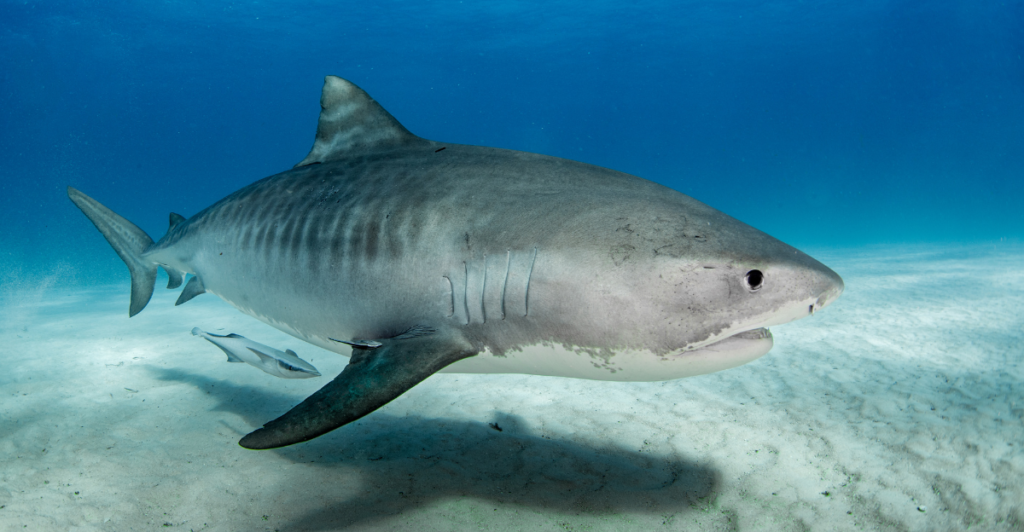
Tiger sharks (Galeocerdo cuvier) are like the raccoons of the sea—if raccoons were the size of small cars and had zero table manners. They eat everything. Turtles, birds, other sharks, license plates… even car tires have shown up in tiger shark bellies. Their don’t-care attitude and powerful jaws make them one of the most dangerous species for humans. They’re responsible for the second-highest number of recorded attacks and aren’t shy about checking out swimmers.
Tigers hang around tropical and subtropical waters worldwide—especially Hawaii, the Caribbean, and the Australian coast. They’re sleek, stealthy, and come with stripes. Stylish and savage? Dangerous combo.
4. Oceanic Whitetip
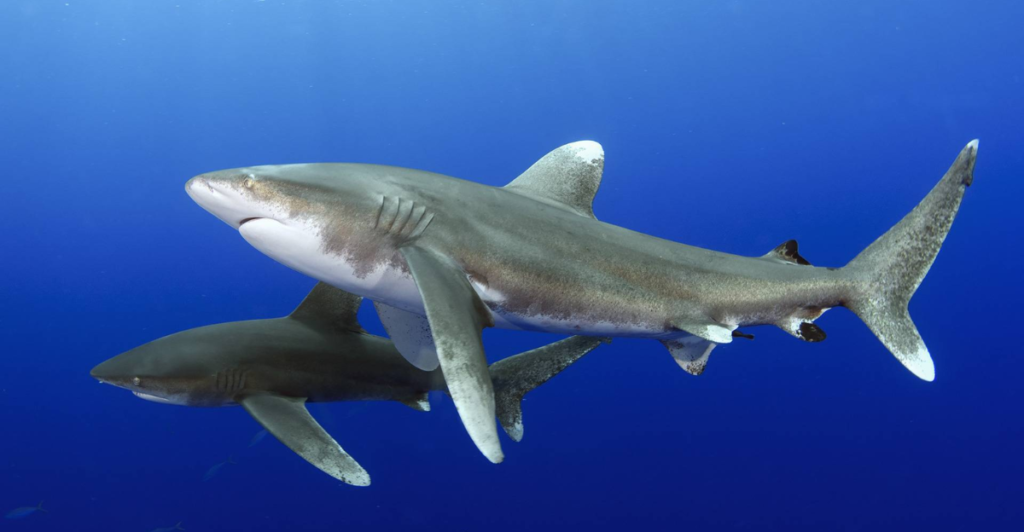
Meet the oceanic whitetip (Carcharhinus longimanus), a slow-gliding predator with a reputation darker than its name implies. These sharks aren’t coastal cruisers—they live way out in open water, where they’re known for circling shipwreck survivors. Whitetips have been linked to some of the deadliest mass shark attacks in history, especially during wartime disasters like the sinking of the USS Indianapolis.
Their aggressive behavior comes from being curious and hungry, with no hesitation to investigate humans drifting around their turf. You’ll find them in tropical and subtropical oceans worldwide. Not a shoreline biter, but if you’re ever stranded at sea, let’s hope you’re not on their radar.
5. Shortfin Mako
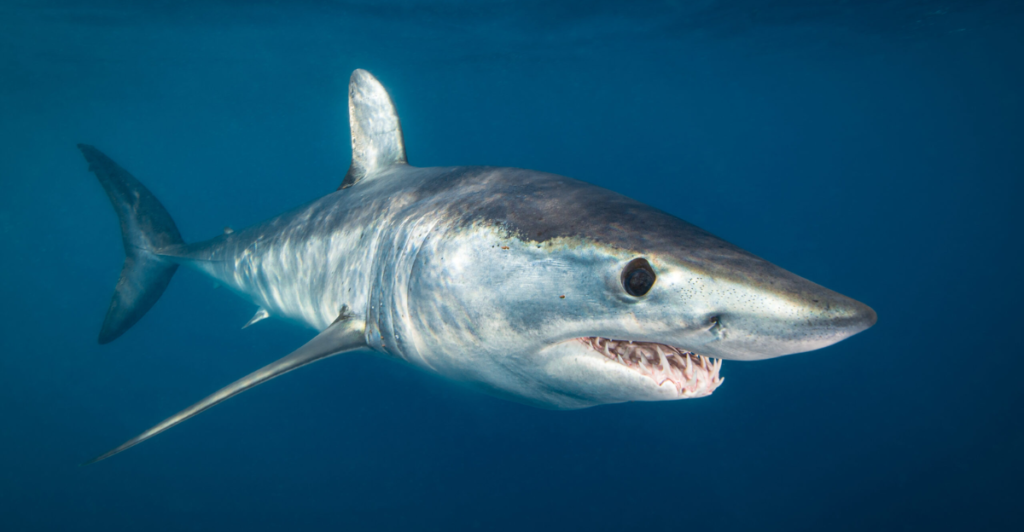
The shortfin mako shark (Isurus oxyrinchus) is built like a torpedo with teeth—and it acts like one too. These sharks are the fastest in the ocean, clocking in at over 45 mph. They use their speed to ambush tuna, swordfish, and sometimes fishing boats (no joke, they’ve leapt onto decks).
While makos aren’t typically aggressive toward humans, they’ve been involved in several bites, especially when hooked or provoked. They’re smart, fast, and pack a punch. Found in warm, deep waters around the globe, from New Zealand to the Gulf Stream, they’re proof that if you blink in the ocean, you just missed a mako.
6. Blacktip Shark
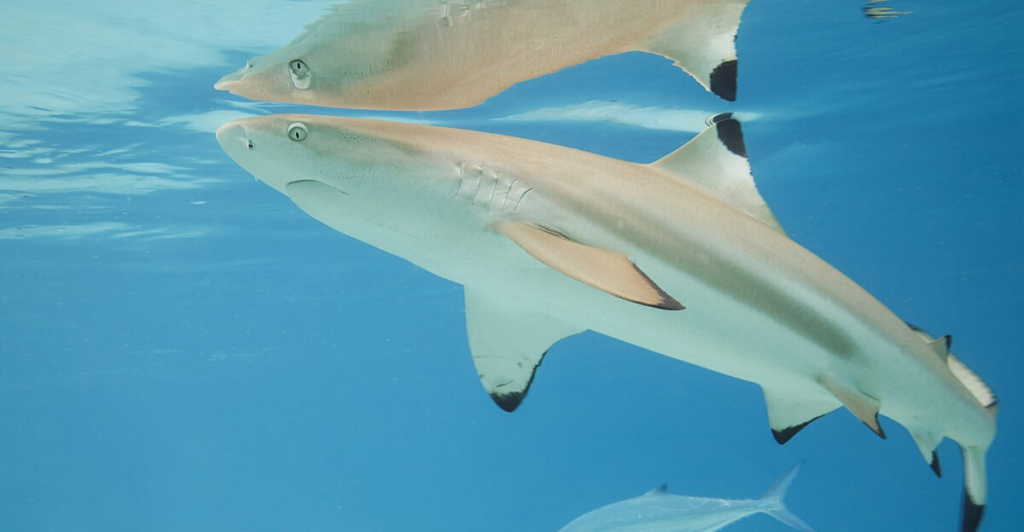
Blacktip sharks (Carcharhinus limbatus) are the feisty little cousins of more infamous predators. They don’t grow much over 6 feet, but they make up for it with speed, attitude, and surprise attacks—especially in Florida, where they’re the #1 cause of shark bites. Don’t freak out though, most are minor “oops” nibbles during feeding frenzies when visibility is low.
Blacktips love warm, shallow coastal waters and migrate in huge groups, often near beaches and estuaries. You’ll find them off the southeastern U.S., in the Gulf of Mexico, the Caribbean, and even parts of Africa. They’re not hunting you, but in splashy confusion? They might sample you.
7. Hammerhead Shark
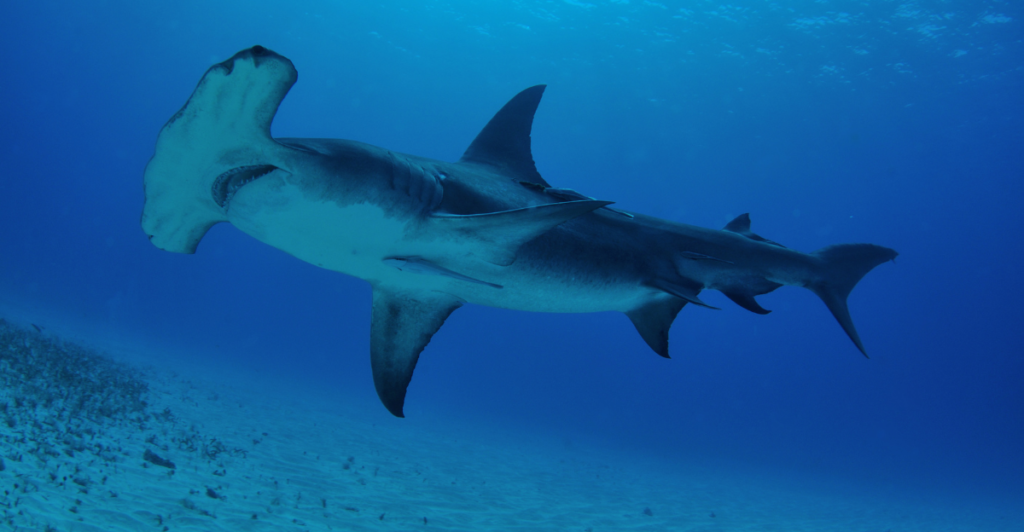
That head? Iconic. That attitude? Surprisingly bold. While most hammerhead species are chill, the great hammerhead (Sphyrna mokarran) has a bit of a short fuse. These large, solitary predators can grow over 20 feet long and hunt rays with surgical precision. They’ve been involved in a handful of unprovoked bites and tend to investigate humans up close.
Hammerheads swim in warm coastal waters worldwide—think the Gulf of Mexico, western Atlantic, and Indo-Pacific reefs. While they’re not lurking to chomp, their size and tendency to get curious means you don’t want to surprise one. That T-shaped noggin isn’t just for show—it’s locked on you like radar.
8. Sandbar & Lemon Sharks
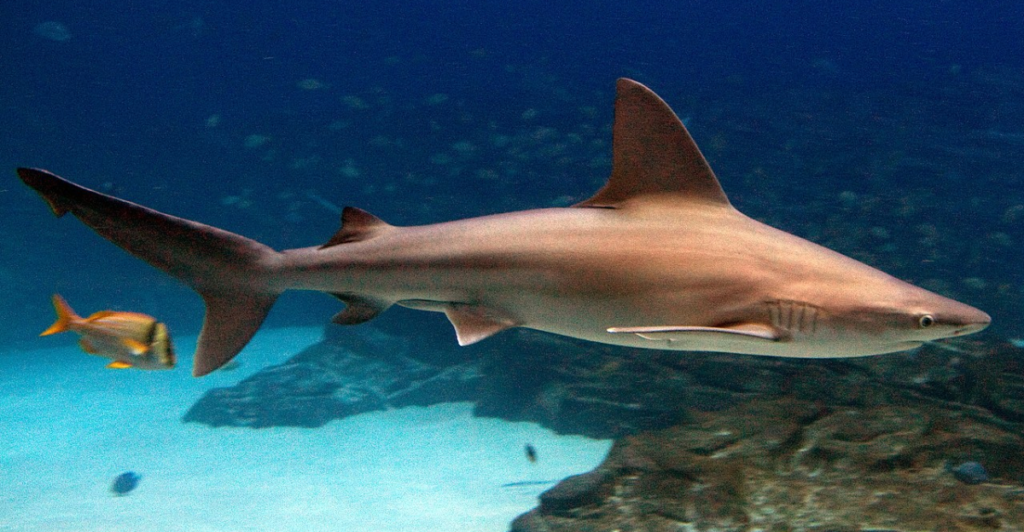
Lurking in the shallows are two lesser-known suspects: the sandbar shark (Carcharhinus plumbeus) and the lemon shark (Negaprion brevirostris). Sandbars are bulky with big dorsal fins and tend to hang around coastal estuaries and bays. Lemons, named for their yellowish color, favor warm, shallow waters and love loitering around mangroves.
Neither is aggressively hunting humans—but both have been involved in bites when swimmers unknowingly get too close. Found along the U.S. Atlantic coast, Caribbean, and west Africa, these sharks aren’t headline-grabbers, but they remind us that even “low-risk” species can react defensively if you’re flailing in their bubble.
Sharks Aren’t Monsters (But Some Are a Bit Moody)
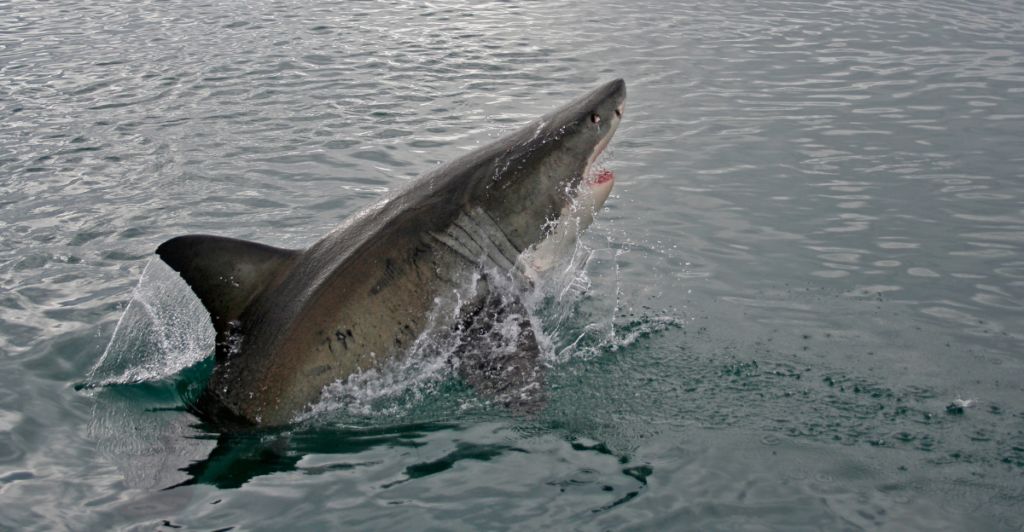
Let’s clear this up: sharks don’t wake up thinking about you. Most don’t care you’re in their ocean. But a few—thanks to territorial behavior, curiosity, or just bad luck—have earned their “aggressive” titles. That doesn’t mean we fear them; it means we understand them. Knowing which sharks are more prone to investigate (or bite) helps keep both humans and sharks safer. Respect their space, stay informed, and you’ll likely never meet one face-to-face. But if you do, remember: you’re in their living room. And some of them just aren’t into visitors.
Explore more of our trending stories and hit Follow to keep them coming to your feed!

Don’t miss out on more stories like this! Hit the Follow button at the top of this article to stay updated with the latest news. Share your thoughts in the comments—we’d love to hear from you!







